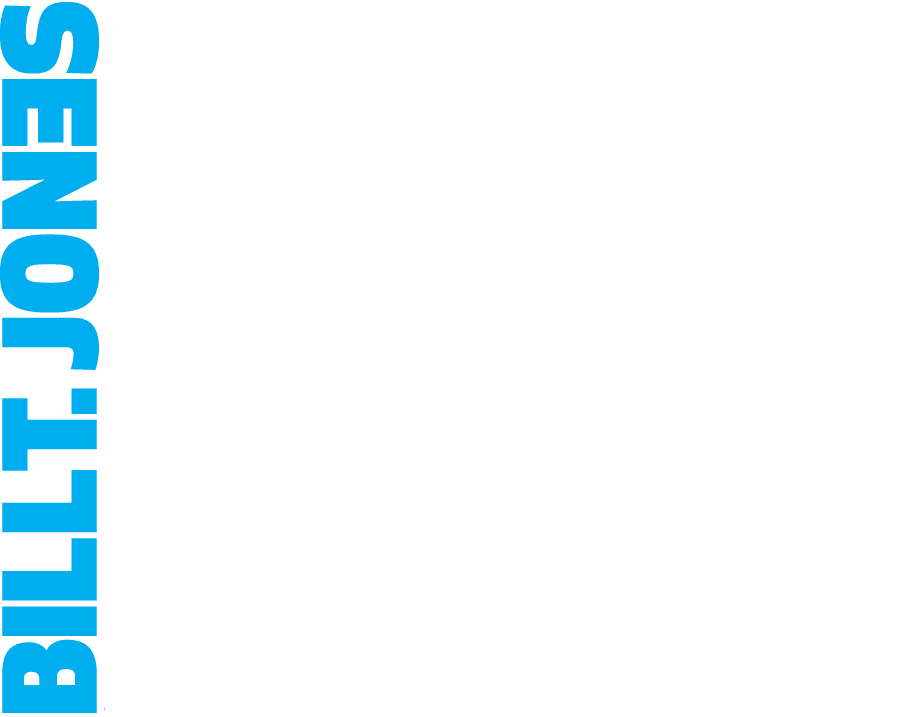Rude Mechs + Deborah Hay
Since 1995, Rude Mechs has created a mercurial slate of 25 theatrical productions that represent a genre-defying cocktail of big ideas, cheap laughs and dizzying spectacle. What these works hold in common is the use of play to make performance, the use of theaters as meeting places for audiences and artists and the use of humor as tool for intellectual investigation. We tour these performances nationally and abroad, manage The Off Center, a performance venue in Austin for arts groups of every discipline, run The Austin Scenic Co-op and conduct outreach in performance and writing for teenagers.
—
Deborah Hay was born in Brooklyn. Her mother was her first dance teacher and directed her training until she was a teenager. She moved to Manhattan in the 1960s, where she continued her training with Merce Cunningham and Mia Slavenska. In 1964, Hay danced with the Cunningham Dance Company during a six-month tour through Europe and Asia. She was also sharing with her Judson colleagues the artificial distinction between trained and untrained performers. She focused on large-scale dance projects involving untrained dancers, fragmented and choreographed music accompaniment and the execution of ordinary movement patterns performed under stressful conditions.
In 1970 she left New York to live in a community in northern Vermont. Soon, she distanced herself from the performing arena, producing Ten Circle Dances, performed on 10 consecutive nights within a single community and no audience whatsoever. Thus began a long period of reflection about how dance is transmitted and presented. Her first book, Moving Through the Universe in Bare Feet (Swallow Press, 1975), is an early example of her distinctive memory/concept mode of choreographic record and emphasizes the narratives underlining the process of her dance-making rather than the technical specifications or notations of their form.
In 1976 Hay left Vermont and moved to Austin, Texas. Her attention focused on a set of practices (“playing awake”) that engaged the performer on several levels of consciousness at once. While developing her concepts she instituted a yearly four-month group workshop that culminated in large group public performances and from these group pieces she distilled her solo dances. Her second book, Lamb at the Altar: The Story of a Dance (Duke University Press, 1994), documents the unique creative process that defined these works.
In the late 1990’s Deborah Hay focused almost exclusively on rarified and enigmatic solo dances based on her new experimental choreographic method, such as The Man Who Grew Common in Wisdom, Voilà, The Other Side of O, Fire, Boom Boom Boom, Music, Beauty, The Ridge and Room, performing them around the world and passing them on to noted performers in the US, Europe and Australia. Her third book, My Body, The Buddhist, was published by Wesleyan University Press in2000. It is an introspective series of reflections on the major lessons of life that she has learned from her body while dancing.
In 2002 Hay made a decision to apply what she had learned from 30 years of working with mostly untrained dancers to choreographing dances for experienced dancer/choreographers. In 2004 she received a New York Dance and Performance “Bessie” Award for her quartet The Match. In 2006 she choreographed “O, O” for five New York City choreographer/dancers and then for seven French dancers of comparable experience. The Festival d’Automne, in Paris, presented The Match in 2005, “O, O” in 2006, and If I Sing To You, in 2008, which was commissioned by The Forsythe Company and which toured extensively in Europe and Australia. In 2009 The Toronto Dance Theatre premiered her work, Up Until Now, and in 2010 Lightning premiered at the Helsinki Festival, a dance for six Finnish dancers/choreographers.
In 2007 Hay received a BAXten Award. “Your experimental work has remained alive & contemporary over four decades, inspiring your colleagues and peers and now – new generations of choreographers & performers. Your sustained commitment and your willingness to change course provides an example for others. Your articulate writing on the body & dance has had a profound impact on the field.”
In October 2009 Hay received an Honorary Degree of Doctor of Dance from the Theater Academy in Helsinki, Finland and in 2010 she was awarded an US Artist Friends Fellowship and a 2011 artist’s grant from the Foundation for Contemporary Arts, based in New York. In April 2012, Hay became one of the 21 American performing artists to receive the inaugural and groundbreaking 2012 Doris Duke Artist Award.
After a two-year research collaboration with Motion Bank, a project of the Forsythe Company, an online interactive website dedicated to Hay's choreographic aesthetics was launched in June 2013.

